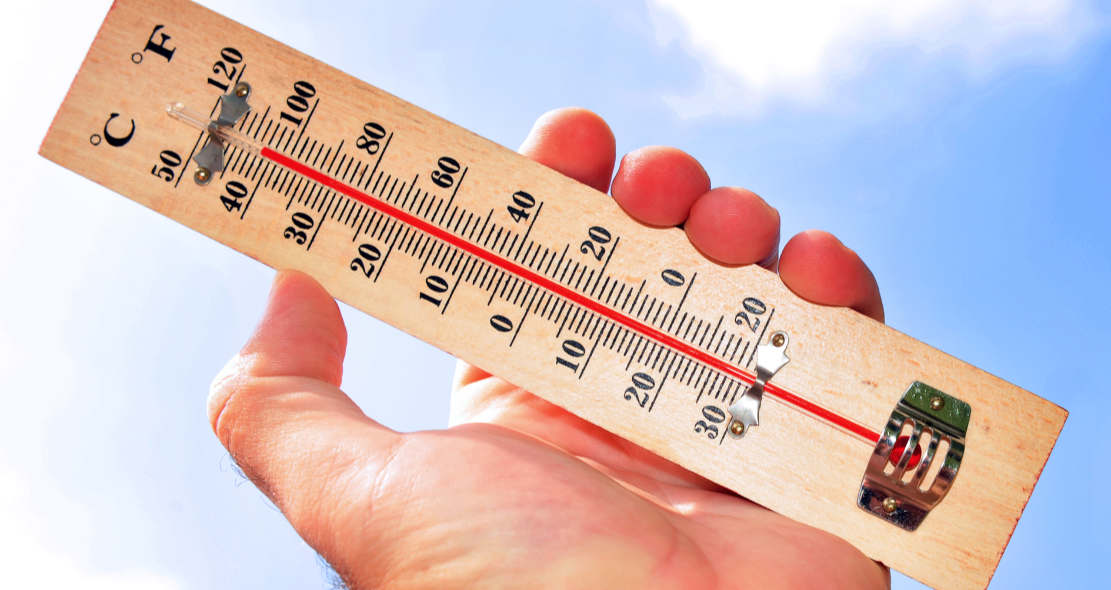
UP UNTIL THE LATTER HALF OF THE 20TH CENTURY, our ancestors (and some of us old farts who’ve been around since the discovery of dirt) lived without air conditioning.
The first air conditioner was probably the one installed in the Rivloi Theater, in New York City, in 1925. Other theaters followed suit. Audiences flocked to the movies to enjoy not only the show but also the refrigerated environment. Hollywood took notice of the increased ticket sales during the muggy months and, presto, the summer blockbuster was born.
The first home air conditioners—window units similar to what we have today—were introduced in 1931 at a cost of $10,000 to $50,000 ($170K to $850K in current dollars).
After WWII, with increased general prosperity, and with wartime manufacturing switching to consumer goods, the price of air conditioning dropped to prices ordinary people—not just robber barons—could afford. Air conditioning started appearing in cars about the same time.
Does no shore power and no generator mean no air conditioning?
So here we are today, most of us having lived our entire life in climate-controlled comfort, trying to adapt to hot and humid weather while unplugged from the grid, all day, all summer. Many nomads committed to living in the Sweat Belt ask, “Is there a way to air condition my mobile residence using only solar energy?”
The answer is, “Yes, if you have enough money and room.”

Our friend Jim offers an example of how this can be done. He has a 675 Amp hour battery bank charged by 750 Watts of solar(good for 50 Amps) on the roof of his 25-foot travel trailer. About 600 of those Watts go to running just the air conditioner, with the rest used for his other electrical needs—lighting, electronics, refrigerator and so on. But that leaves nothing to recharge his battery bank, nothing to run A/C at night. So he has an additional 435 Watts on his truck. For the times the sky is too cloudy, or something else goes wrong, he has a 1,000W generator.
There ain’t no free coolness
“You’ve got to compensate for everything you’ve got going, and charging your batteries is a major part of that,” said Jim.
Jim uses a $178 Frigidaire unit with an EnergyStar rating because, “It uses the least amount of Amps (30 to 35) and the least starting power of any of the 5,000 BTU air conditioners. It costs a little more, but for the extra I spent, I need less solar.” It will run on 410 Watts and the starting surge is low enough to run from an 800W inverter. Once the trailer cools down the air conditioner will cycle on and off as needed rather than running all the time. “This one had and EnergyStar feature that shuts the whole thing down, like a household air conditioner, between runs. Most window units keep the fan running between cycles.”
“My batteries alone will run this air conditioner for 10 hours. If I wanted to run A/C overnight and then the next day, I’d have to use the generator to run the air conditioner and the solar to replenish the batteries.”
So if you want to run air conditioning only on solar, it comes down to enough money for enough battery capacity and solar panel wattage, and the room for it all. And, of course, enough sunshine.
But what about those compact portable air conditioners? Here’s the first half of a two-part review.

I installed a 9000btu mini-split A/C unit at the rear of my step van. I run it off two 24v 270w solar panels from Renogy, I have a 24v lead acid battery bank that is 200ah. Therefore 540w of solar at 24v will easily run the mini-split. I bought the mini-split from Amazon for $740 and added an additional 4-year warranty for about $50. This works very well. I run the A/C, my entertainment flat screen, my lighting, accessories as well as my 9 cubic foot freezer that I use as both a freezer and a refrigerator. No problems.